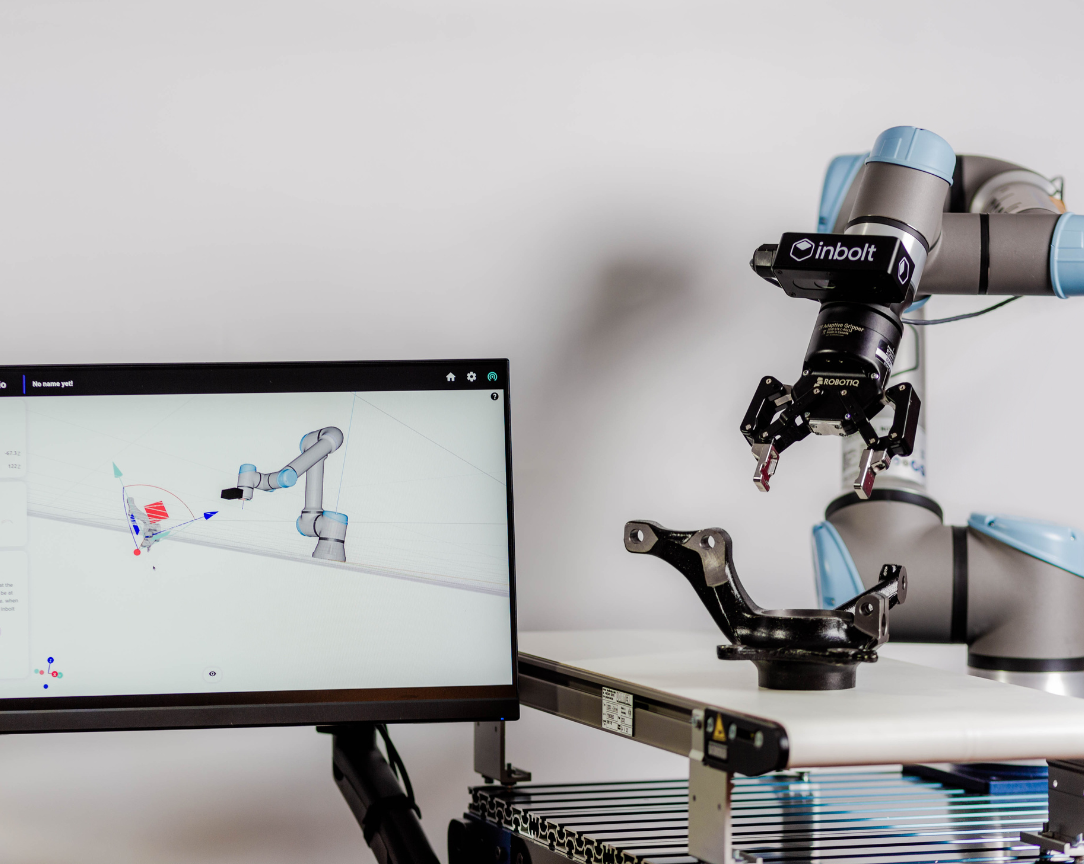Robot Density
As robotics becomes more diverse and national and corporate ambitions grow, we need a new way to understand how robotics is performing in a specific market. New Robot Density might be the answer.
As robotics becomes more diverse and national and corporate ambitions grow, we need a new way to understand how robotics is performing in a specific market. New Robot Density might be the answer.
What is robot density?
Robot density is the barometer to track the degree of automation adoption in the manufacturing industry around the world.
Milton Guerry, President of the International Federation of Robotics.
Robot density — the number of operational robots relative to the number of employees — is used to determine a country's advancement in robotics. While it only focuses on manufacturing and heavy industry, it helps robotics companies decide where to expand, invest, and prepare for competition.
As technology continues to advance, robot density is also increasing in various industries and countries worldwide. Asia in particular has always been quite dynamic, lead by Korea since 2015.
Why do we care about robot density?
Robot density is an indicator of the level of automation and robotization and can feed some theories:
- Economic Impact: High robot density usually indicates that a country or industry is at the forefront of automation and technology.
- Job displacement: High robot density sometimes indicate that jobs previously done by human workers are being replaced by robots.
- Productivity: High robot density may indicate that a given country is more productive, which leads to increased competitiveness and economic growth.
- Technological Advancements: As countries invest in automation and robotics, new technologies and innovations are developed, enhancing their competitiveness.
- Collaboration between Humans and Robots: As robot density increases, so too does the need to develop collaborative systems that allow human workers and robots to work together. Cobots are a great step in that direction.
Robot Density Around the World
Here is an updated list of the Top countries with their robot density per 10,000 employees in 2022-2023:
.png)
- Republic of Korea: 766
- Singapore: 556*
- Japan: 507
- Germany: 364
- China: 153 (from 246 in 2020)
France is at 194, which is still rather low. Over the course of ten years, the robot density has tripled on a global scale. Regrettably, France still ranks among the least equipped developed nations.
In the automotive industry, there will be almost 1,287 robots for every 10,000 workers by 2021, with the Asia Pacific region leading the market with 64.5% of installations.
New Robot Density
A new term has been seeing more and more popularity, and that’s New Robot Density (NRD).
According to the Robotics Business Review, NRD takes into account the various types of robots in a country, rather than solely focusing on manufacturing, which would effectively change the order of the countries, as well as their indicators.
The idea of NRD is to given a more diversified and structured picture of robotics, including AI, consumer robots, healthcare robots, and service robots generally. By taking into account the various types of robots and their uses, New Robot Density provides a more comprehensive view of a country's level of robotization and automation, which is becoming increasingly important as robots are used in more diverse industries and applications.
As robotics becomes more diverse and national and corporate ambitions grow, we need a new way to understand how robotics is performing in a specific market, and adoption the NRD model might just be the solution.
*Singapore is the only country on the list that saw a decrease in the number of industrial robots per 10,000 employees. Part of this drop is likely due to the IFR’s change in reporting for its most recent report. Previously, the IFR relied on employment data from the International Labor Organization (ILO).
Last news & events about inbolt
.png)
Articles
Inbolt and FANUC Pioneer Robots that Think and Act on the Fly at Moving Assembly Line Speeds
Inbolt and FANUC are launching a manufacturing breakthrough enabling FANUC robots to tackle one of the most complex automation challenges: performing production tasks on continuously moving parts at line speeds. With Inbolt’s AI-powered 3D vision, manufacturers can now automate screw insertion, bolt rundown, glue application and other high-precision tasks on parts moving down the line without costly infrastructure investments or cycle time compromises.

Articles
Sim2Real Gap: Why Machine Learning Hasn’t Solved Robotics Yet
The most successful areas of application for deep learning so far have been Computer Vision (CV), where it all started, and more recently, Natural Language Processing (NLP). While research in Robotics is more active than ever, the translation from research to real-world applications is still a promise, not a reality. But why?
.png)